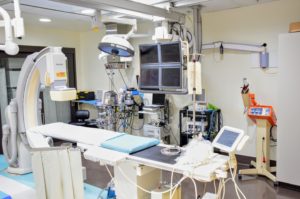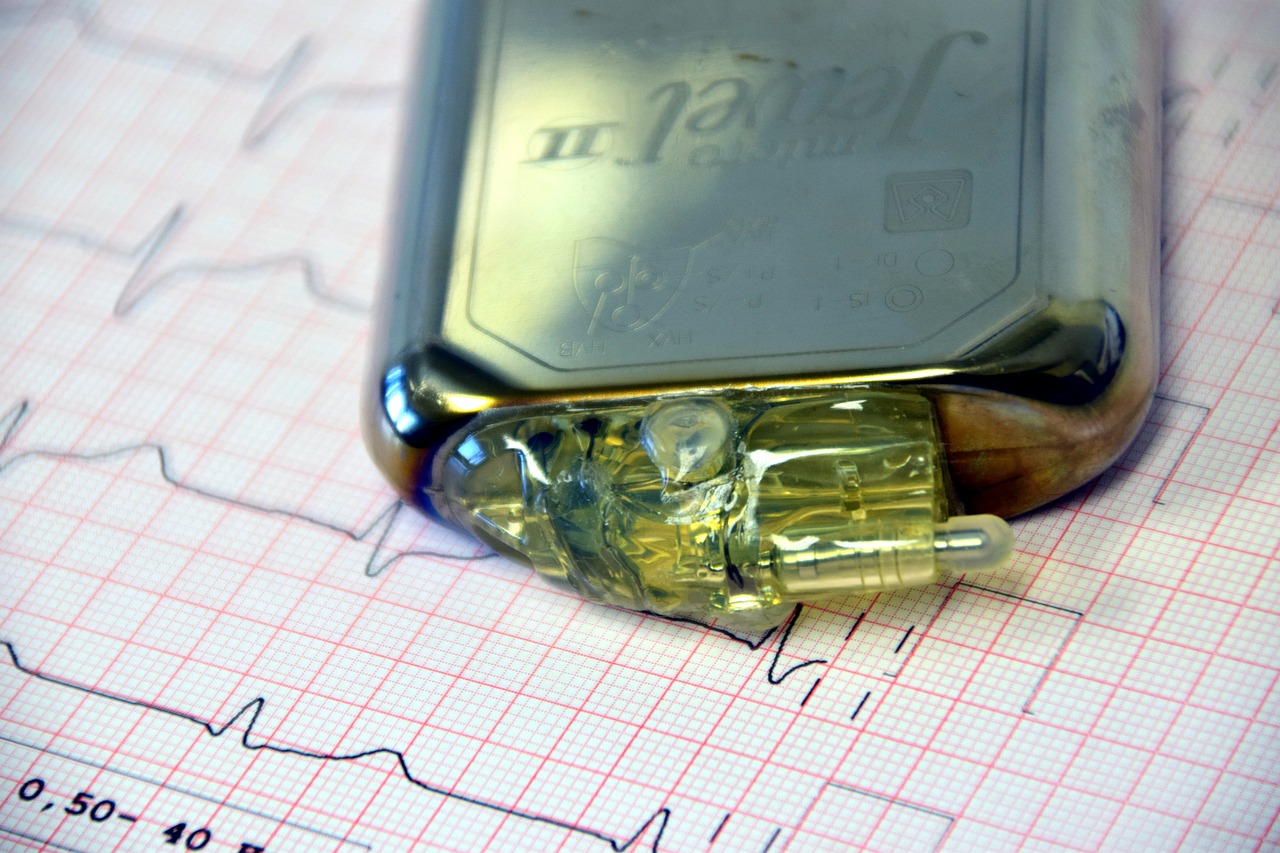Pacemakers for those suffering from bradycardia have been helping save lives since the middle of the 20th century. Still they suffer from physiological limitations and remain susceptible to complications.
For patients whose condition would benefit most from right atrium pacing, no leadless option exists, leaving them subject to lead-related complications that arise from traditional pacemakers. From the American College of Cardiology, “The primary advantage of a leadless pacemaker is the elimination of several complications associated with transvenous pacemakers and leads: pocket infections, hematoma, lead dislodgement, and lead fracture. The leadless pacemaker also has cosmetic appeal because there is no chest incision or visible pacemaker pocket.
“Leadless pacemakers provide only single-chamber ventricular pacing and lack defibrillation capacity. Leadless pacemakers may be suitable for patients with permanent atrial fibrillation with bradycardia or bradycardia-tachycardia syndrome or those who infrequently require pacing. Leadless pacemakers are inappropriate for patients who require dual-chamber pacing, such as patients with certain forms of heart block or sinus node dysfunction.”
Faisal Merchant, MD, “is an Assistant Professor of Medicine at Emory University. His clinical practice encompasses the full range of cardiac electrophysiology including pacemaker and defibrillator implantation, complex ablation of arrhythmias including SVT, atrial fibrillation and ventricular tachycardia, lead extraction and percutaneous left atrial appendage management.”
Dr. Merchant presented the unmet clinical need to the 2023 BME Capstone candidates. The team of Katelynne Berland, Gehna Chaubal, Michael Arrington, Lawrence He, and Dylan Pané was awarded the challenge.
A Close Personal Connection to the Technology

Katelynne Berland
“I lost my father to heart disease at a very young age, and the novel cardiac research being conducted in the Cardiovascular Fluid Mechanics Laboratory was the primary reason I chose Georgia Tech,” Katelynne said.
“Among the challenges presented, this was absolutely our top choice,” Gehna said. “The project and the unmet need called out to our team because we are keenly interested in medicine and the cardiac space. Each of us also brought unique, yet complementary skills including circuitry, coding, design and manufacturing, all of which had strong, direct applications to the challenge and the solutions we could visualize.”
Leadless pacing of the right atrium with Phantom Lead
The team developed Phantom Lead, a leadless pacing device that utilizes transcatheter delivery for placement in an unconventional location within the heart. The device greatly reduces the need for invasive fixation mechanisms and, thus, the risk of tissue perforation. In collaboration with Emory, the team is in the process of filing a provisional patent application.
For the past five years, GCMI and T3 Labs have proudly supported BME Capstone teams with our medtech design, development and preclinical testing resources including facilities, staff, materials and know-how.
Beyond the theoretical: Generating “Aha!” moments in the lab at GCMI
“When [GCMI Director of Scientific Affairs] Evan Goldberg spoke to the teams, we immediately jumped on his offer to help give our idea life,” Gehna said. “The early images GCMI helped us acquire in a cadaveric setting showed us exactly where the device needed to go, which was integral to the success of our prototypes.
 “Biomedical engineering involves plenty of systems physiology, but we study it in an entirely theoretical context. The ‘Aha!’ moments came during our hands-on, in-the-lab sessions with the team at GCMI and Dr. Merchant. The moment we could deploy our device and see the imaging from the cadaveric model was the moment we could all tell that we had accomplished something important: a potential solution for a strong unmet clinical need.”
“Biomedical engineering involves plenty of systems physiology, but we study it in an entirely theoretical context. The ‘Aha!’ moments came during our hands-on, in-the-lab sessions with the team at GCMI and Dr. Merchant. The moment we could deploy our device and see the imaging from the cadaveric model was the moment we could all tell that we had accomplished something important: a potential solution for a strong unmet clinical need.”
“We also learned that there are certainly limitations to cadaveric testing when muscular tone and density of tissue is critical for generation of flow rate data, tubing and sealing specifications and the like,” Katelynne said. “We hope the collective team, led by Dr. Merchant and his team at Emory, can carry the technology forward in a way that warrants in-vivo testing, which will be required at multiple levels given the likelihood that the device will have to follow an FDA Class III regulatory pathway.”
Creativity in engineering and design creates freedom to forge ahead
There are currently two leadless pacemakers on the market and approved for human treatment (Aveir by Abbott and Micra by Medtronic); however, neither encompasses Phantom Lead’s unique design features or the ability to pace the right atrium. Abbott is currently in the process of gaining FDA approval for a dual chamber pacing system, but physicians are still concerned about its risk of tissue perforation.

Gehna Chaubal
“We spent a good amount of time examining the prior art, patents, design, function and regulatory clearances for the devices currently in human use,” Gehna said. “Because we were able to closely examine those devices, their patents and regulatory approvals, we could ensure that our design did not run afoul of prior art, allowing Dr. Merchant and our team to push ahead.”
“As it turns out, our design and prototype is almost identical to the ‘back of the napkin’ drawing Dr. Merchant showed us only after we proposed our design ideas to him,” Katelynne said.
With plans to remain at Georgia Tech to complete her Biomedical Engineering and Literature, Media, and Communication degrees while also training to be an emergency medical technician, Gehna will stay in the loop with Dr. Merchant. Katelynne plans to join medtech startup Dasi Simulations that develops patient-specific surgical planning software for cardiac implantable devices. The company’s Founder and CTO, Lakshmi Prasad Dasi, MD, is now Director of Georgia Tech’s Cardiovascular Fluid Mechanics Lab, where he is facilitating novel research in cardiac engineering.
Michael Arrington will pursue his MD-PhD at the University of Iowa starting in 2024. Lawrence He will attend the University of Chicago Medical School this August and Long Island, NY, native Dylan Pané is joining the MLB’s New York Mets as a Biomechanics Associate.
GCMI thanks the team for sharing their story with us and wishes them all the best in their future endeavors.
